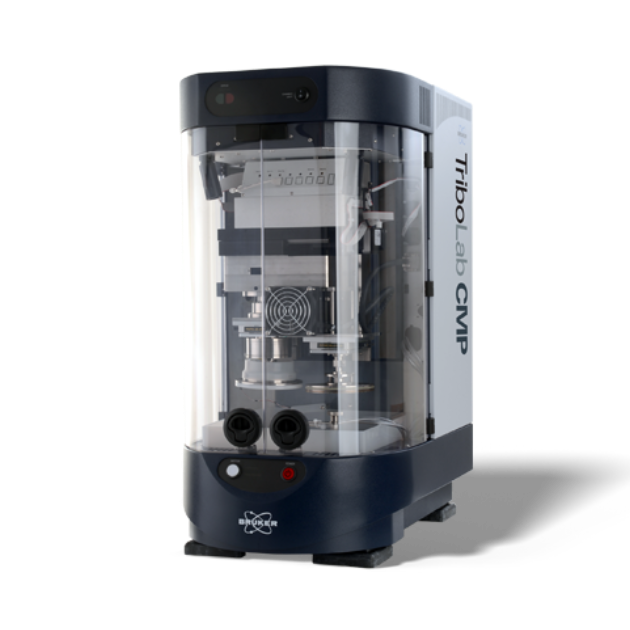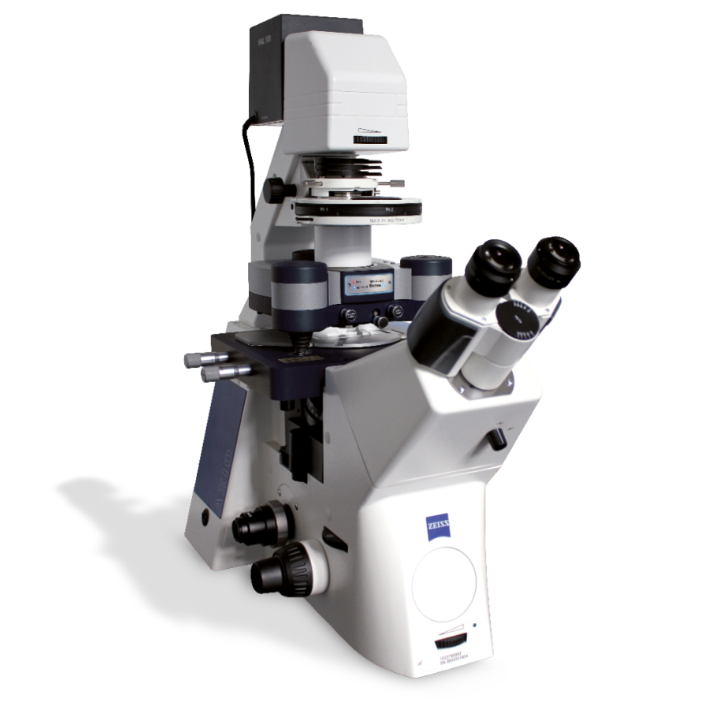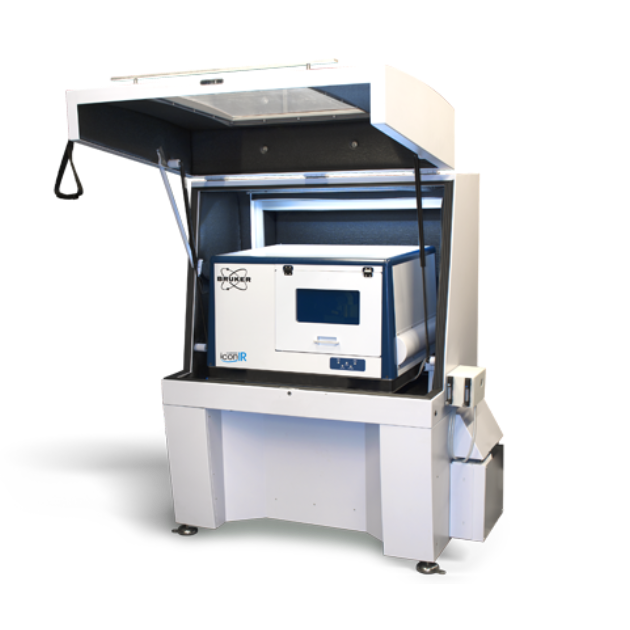锤子
如何用原子力显微镜探测DNA与蛋白质间的相互左右
- 类别:分析方法/应用文章
- 上传人:Bruker Nano Surfaces
- 上传时间:2008/6/18 12:22:14
- 文件大小:497K
- 下载次数:108
-
消耗积分 : 免积分
简介:
Large, multi-component protein assemblies are involved in many DNA transactions such as recombination, replication, transcription, and repair. In order to progress in the understanding of different key steps of these mechanisms, it is imperative to analyze the structure of the DNA-protein complexes involved and the dynamic interactions that govern their assembly, function and disassembly. These complexes are usually studied in vitro using a combination of biochemical and biophysical methods. A direct visualization technique such as AFM imaging is unique in that it allows one to characterize mechanisms involved in DNA-protein recognition and DNA-protein complex formation in different conditions (air and liquids of varying composition) with nanometer resolution. By comparison, other single molecule techniques such as optical or magnetic tweezers give indirect measurements based on the mechanical properties of single DNA molecules, and place severe restrictions on DNA size. Fluorescence microscopy can be used in conjunction with such approaches, but requires staining of either the DNA or the proteins and has relatively low resolution (about 200 nanometers). Owing to successive improvements to sample preparation and experimental methodology – along with instrumentation progress, most notably the invention of TappingMode and the ability to operate in fluid – AFM has indeed become a powerful and complementary tool to probe DNA-protein interactions at the single molecule level. The purpose of this application note is mainly to illustrate the potentialities of AFM imaging in the analysis of the architecture and dynamics of DNA-protein complexes, while introducing readers to the issue of DNA-protein complex adsorption, key for rationalizing sample preparation.
打开失败或需在电脑查看,请在电脑上的资料中心栏目,点击"我的下载"。建议使用手机自带浏览器。
相关产品更多>>
下载该资料的还下载了
推荐学习更多>>
- 注意:
- 1、下载文件需消耗流量,最好在wifi的环境中下载,如果使用3G、4G下载,请注意文件大小。
- 2、下载的文件一般是pdf、word文件,下载后如不能直接浏览,可到应用商店中下载相应的阅读器APP。
- 3、下载的文件如需解压缩,如果手机没有安装解压缩软件,可到应用商店中下载相应的解压缩APP。



































